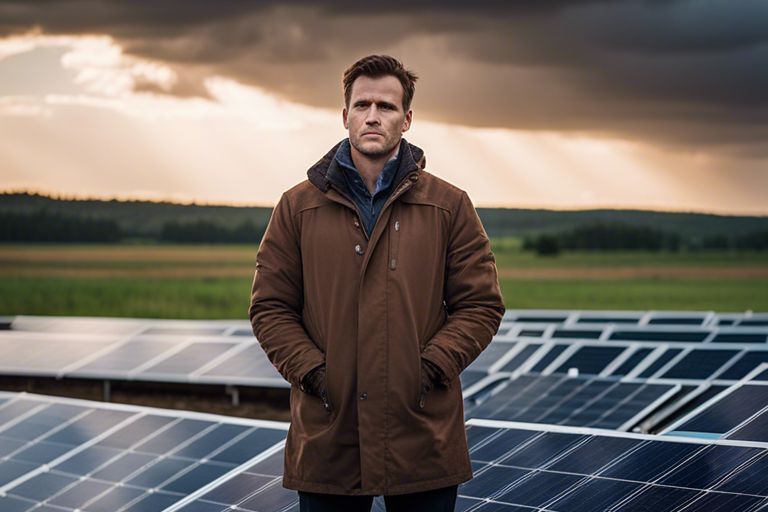Are solar water heaters expensive
Over the years, solar water heaters have gained popularity as a sustainable energy solution, but you might be wondering about their costs. While the initial investment can be significant, it
Energy for A Greener Future
Over the years, solar water heaters have gained popularity as a sustainable energy solution, but you might be wondering about their costs. While the initial investment can be significant, it

Just when you thought solar panels were the ultimate solution, think again. Despite the green promises and energy savings, the reality may not live up to the hype. Before you